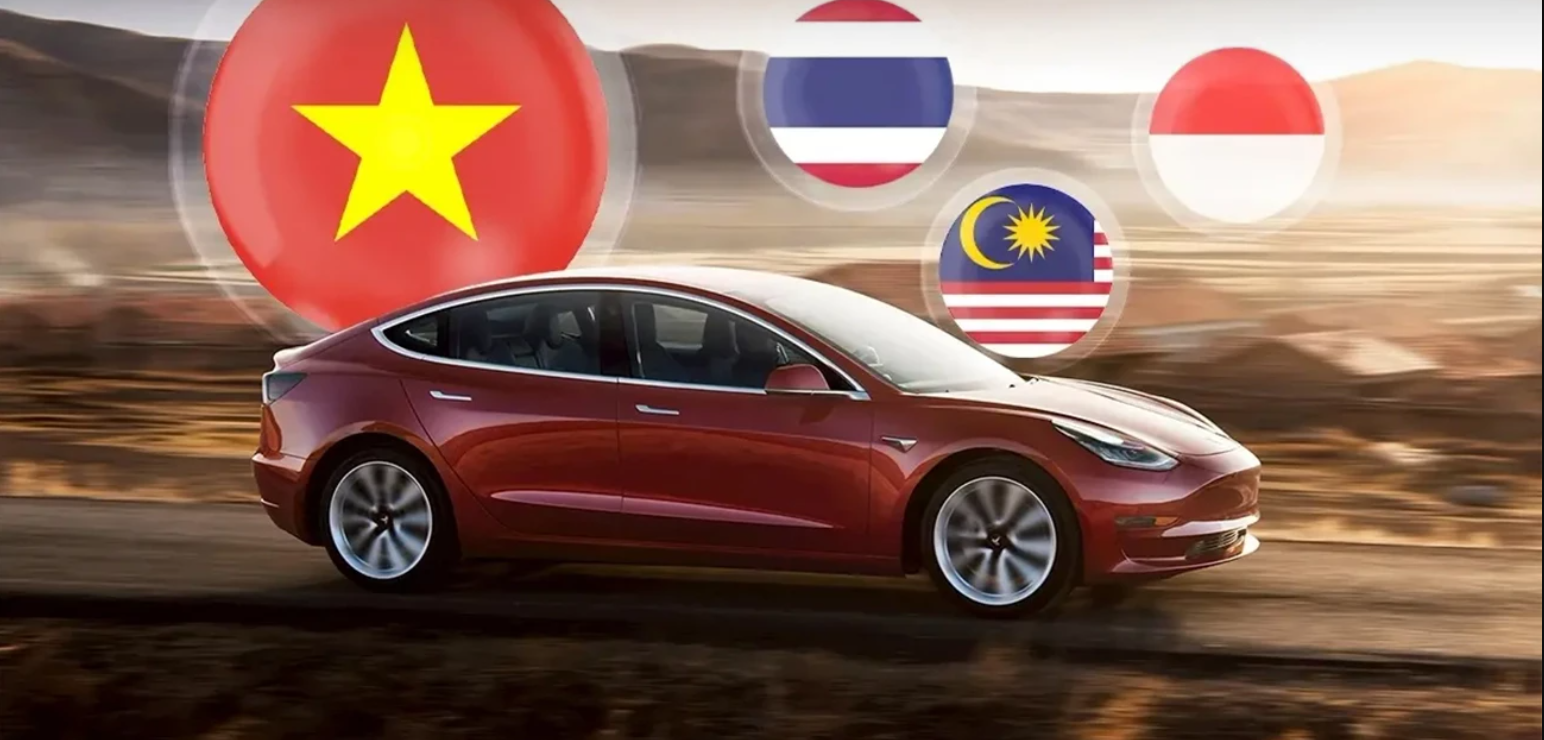Vietnam’s Automotive Surge Amid Regional Decline
While much of Southeast Asia’s automotive sector faced headwinds in early 2025, Vietnam’s car market bucked the trend with a remarkable 24% year-on-year sales increase in the first quarter. This surge positioned Vietnam as the leader in sales growth among the ASEAN-5 countries, which include Indonesia, Malaysia, Thailand, the Philippines, and Vietnam.
ASEAN’s Overall Automotive Performance
Across the ASEAN-5, total car sales contracted by 1.7% in the first quarter, totaling approximately 732,898 units. Here’s a breakdown:
-
Vietnam: +24%
-
Philippines: +7%
-
Indonesia: –5%
-
Malaysia: –7%
-
Thailand: –7%
Vietnam’s robust performance stands in stark contrast to its regional counterparts, highlighting its unique market dynamics.
Factors Fueling Vietnam’s Automotive Growth
Several key elements contributed to Vietnam’s automotive upswing:
Surge in Hybrid Vehicle Sales
Hybrid vehicle sales in Vietnam soared by 80% year-on-year, reaching 2,562 units. This growth was propelled by new model launches from manufacturers like Toyota, with its Camry Hybrid, and Suzuki’s XL7 hybrid SUV introduced in September.
Rise in Commercial Vehicle Demand
Commercial vehicles and lorries experienced significant sales increases—22% and 21% respectively. This uptick is likely linked to heightened government infrastructure spending, which rose by 19.8% year-on-year to $4.67 billion in an effort to mitigate trade war impacts.
Exclusion of Major Players in Official Figures
It’s noteworthy that official sales figures exclude data from domestic EV manufacturer VinFast and Hyundai Motor’s sales via the Thanh Cong Group. Including VinFast’s 35,100 units and Hyundai’s 11,464 units sold in Q1 would elevate Vietnam’s total car sales to 118,813 units, surpassing the Philippines and positioning Vietnam fourth in ASEAN for the first time.
Comparative Analysis of ASEAN Automotive Markets
To contextualize Vietnam’s performance, here’s a comparative table of Q1 2025 car sales across the ASEAN-5:
| Country | Q1 2025 Sales | Year-on-Year Change |
|---|---|---|
| Vietnam | 118,813* | +24% |
| Philippines | 117,074 | +7% |
| Indonesia | Data N/A | –5% |
| Malaysia | Data N/A | –7% |
| Thailand | 153,193 | –7% |
*Includes VinFast and Hyundai sales.
Outlook and Considerations
Positive Indicators
Analysts, such as Thuc Than from Vietcap Securities, project a 15% growth in Vietnam’s passenger car sales for 2025, excluding VinFast and certain luxury brands. This optimism is underpinned by:
-
Improving consumer spending
-
Attractive sales incentives from car manufacturers
-
Introduction of more affordable vehicle models
Potential Challenges
However, ongoing tariff negotiations pose potential risks. Analysts caution that if Vietnam’s tariffs increase by 5-10% above the average, it could negatively impact sales and delivery forecasts.
Conclusion
Vietnam’s automotive market demonstrates resilience and growth potential, driven by a surge in hybrid vehicle adoption, increased infrastructure investment, and strategic market entries by key players. While regional counterparts face declines, Vietnam’s trajectory offers a compelling case study in market adaptability and consumer engagement.
